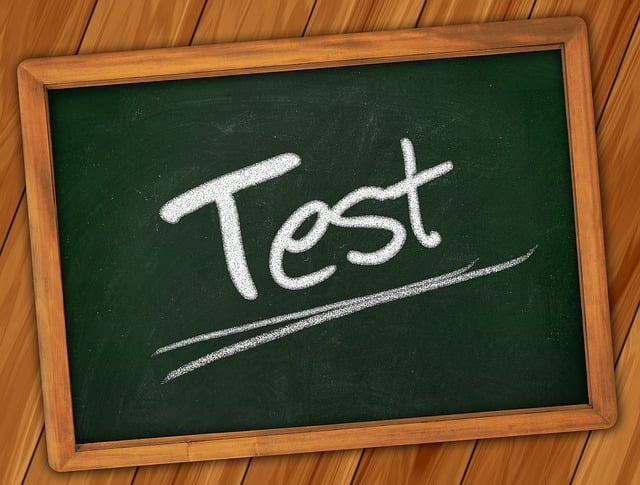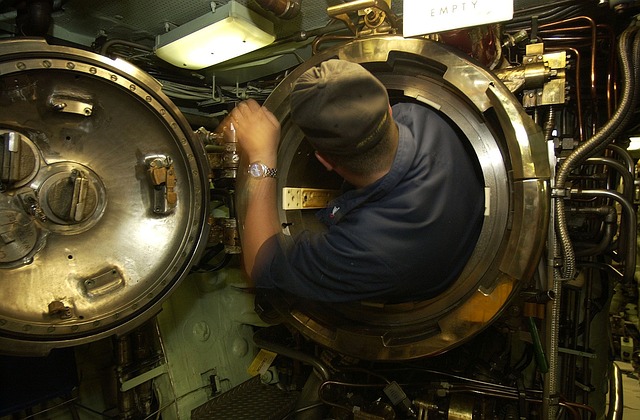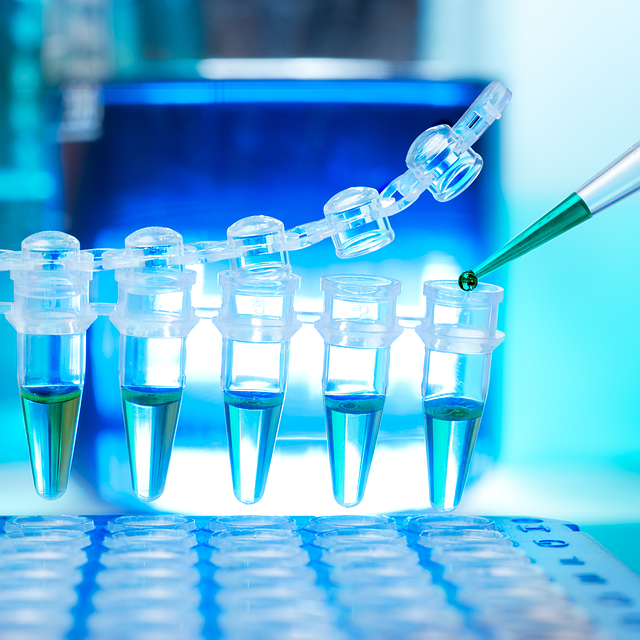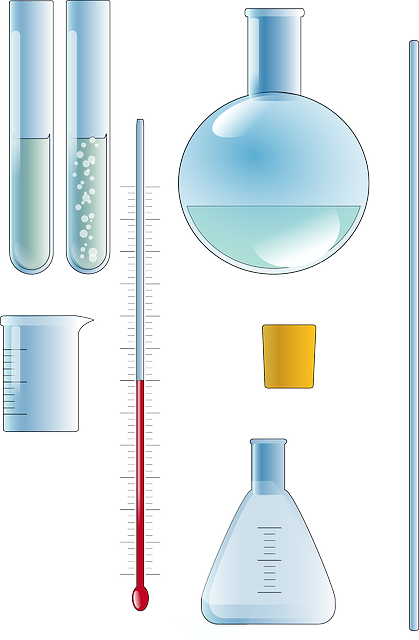A professional mold inspection is vital during home buying, as invisible mold can cause health issues and damage. Experts use advanced equipment to detect mold growth in various stages, providing data for informed decisions. They assess visible signs, inspect hidden areas, take samples for lab analysis, and recommend remediation. Interpreting results carefully post-inspection guides necessary actions, from simple maintenance to professional mold removal and restoration.
Considering buying a home? Don’t skip the crucial step of a professional mold inspection. Mold, invisible to the naked eye, can hide in walls, attics, or crawl spaces, posing serious health risks. Our article guides you through the entire process, from understanding why a professional is essential to what happens during the inspection and how to interpret results. By arming yourself with knowledge, you’ll make an informed decision and protect your health.
- Understanding the Importance of Professional Mold Inspection
- What to Expect During a Mold Inspection Process
- Post-Inspection: Interpreting Results and Next Steps
Understanding the Importance of Professional Mold Inspection

A professional mold inspection is an essential step in the home buying process, often overlooked but critically important. Mold, invisible to the naked eye, can lurk in hidden corners and cause severe health issues for occupants over time. It’s a silent invader that may have already taken root when you discover it, leading to costly repairs and potential health complications like respiratory problems or allergic reactions.
Engaging a certified professional for mold inspection ensures thoroughness and accuracy. These experts are trained to identify mold growth in various stages, even in hard-to-reach areas. They employ advanced equipment and methods to detect mold spores and assess the level of contamination, providing valuable data for informed decision-making. A professional inspection can save you from potential future troubles and ensure a safe, healthy living environment.
What to Expect During a Mold Inspection Process

During a professional mold inspection, you can expect a thorough evaluation of your home’s potential for mold growth and current conditions. A certified inspector will begin by assessing visible signs of water damage or mold—black spots, peeling paint, or musty odors—and then use specialized equipment to inspect hidden areas like walls, crawl spaces, and air ducts. They’ll take samples of suspected mold and send them to a lab for analysis, identifying the type and extent of any mold growth.
The inspector will also look for sources of moisture intrusion, such as leaks in plumbing or roofing, inadequate ventilation, or high humidity levels, which are conducive to mold development. Finally, they’ll provide a detailed report outlining their findings, including areas of concern, recommended remediation steps, and estimated costs, empowering you with the information needed to make an informed decision about purchasing the property.
Post-Inspection: Interpreting Results and Next Steps

After a thorough professional mold inspection, the results need careful interpretation. Look for any areas of concern noted by the inspector, such as elevated moisture levels or signs of mold growth. Even if no visible evidence is found, don’t assume the home is entirely free of mold. The presence of musty odors or historical water damage could indicate hidden mold growth.
The next steps depend on the findings. If mold is present, a specialized remediation company should be consulted to develop a plan for safe removal and restoration. In some cases, simple measures like improving ventilation and addressing water leaks may suffice. Regular monitoring and re-inspection are crucial to ensure the problem doesn’t recur and to maintain a healthy living environment.
